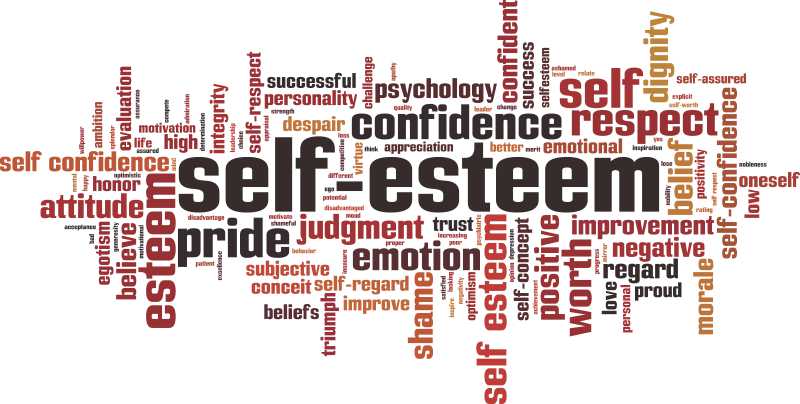Jan 11, 2019
Posted by John Stagner on Jan 11, 2019 in nonclient, Uncategorized | 0 comments
When we talk about life skills in the ATA, (Honesty, Self-Esteem, Discipline, Communication, etc.) it’s interesting to me how much they overlap. Not only the foundational six life skills that we focus on at ATA, but (more…)
John Stagner is a Father, Husband, Favorite Sibling, and Freelance Writer from Salem, Missouri.
Jan 9, 2019
Posted by John Stagner on Jan 9, 2019 in nonclient | 0 comments
Note to readers: Articles on Leadership published here are for actual use in a leadership program I teach at my Martial Arts school in Salem, MO. I currently have 50 students, and growing.
What is Leadership?
Leadership is pretty all-encompassing word, and doesn’t lend itself to a quick, one line definition. The simplest definition I’ve come across goes something like this: Leadership is the ability to persuade a group of people voluntarily to do a certain thing. I inserted the word ‘voluntarily’ myself. I believe if others follow your lead involuntarily, that’s not good leadership – it’s authoritarian rule.
Of course, that definition leaves a lot to be desired when you consider the qualities that make up a great leader. That’s what this class is all about – developing leadership qualities in others. To do that, we have to think about a whole list of personality traits, and develop each of them in ourselves.
The Leadership Wheel
An analogy I like to use, which I adapted from a different article I wrote on self-esteem is the ‘Hub and Spoke’ analogy. Think of a bicycle wheel, where you have the Hub in the center, and the spokes that go out from there to the rim. Leadership is the hub, and the spokes are the characteristics that support it: Communication, Confidence, Integrity, Trust, Vision, etc.
The wheel can still work without having all the spokes in place, but not well. At some point, it breaks down and fails. Likewise, spokes that are weak will have the same effect. Using that analogy, good leadership that will endure and be effective must have all the spokes in place.
To get a better idea, take any one spoke in the Leadership Wheel and break it, bend it or remove it and see what happens. As an example, let’s look at communication. What if communication within your team breaks down because it’s unclear, ambiguous, one-way, or doesn’t even exist? What do you think would happen?
If the Leader is unclear or ambiguous in communicating, people may go in the wrong direction. That can lead to failures, bottlenecks, inefficiency and frustration among the troops. Then the whole thing begins to fall apart.
How Many Spokes Does a Wheel Need?
Some may say, “Just enough to keep it rolling.” Sure, you could have a wheel with only three spokes, but they would need to be pretty stout. A failure of any one of the three would cause a complete failure. In reality, the more spokes, the better, because where some spokes may be weaker, others nearby help bear the load.
Likewise, with Leadership, a growing leader may be lacking in certain areas, but if the other needed character traits are in place, it’s easier to overlook the imperfection.
This is by no means a comprehensive list, but a few key traits necessary to good leadership include:
- Communication
- Trust
- Integrity
- Empathy
- Vision
- Persuasiveness/Influence
- Confidence
- Humility
- Rapport
- Credibility
- Commitment
- Charisma
- Self-Discipline
- Flexibility
These are only a few, and each trait carries with it another list of traits that help to define it. According to renowned author John C. Maxwell, Leadership has five distinct levels, and 21 Irrefutable Laws which leaders should not break. Maxwell has written several books on the subjects of Leadership and personal growth, all solidly rooted in his experience in leading and growing people and organizations over many decades.
As we move forward, we will look at each of these important areas of leadership, their relationship to the other traits, and how we can begin to develop them in ourselves and others.
John Stagner is a Father, Husband, Favorite Sibling, and Freelance Writer from Salem, Missouri.






